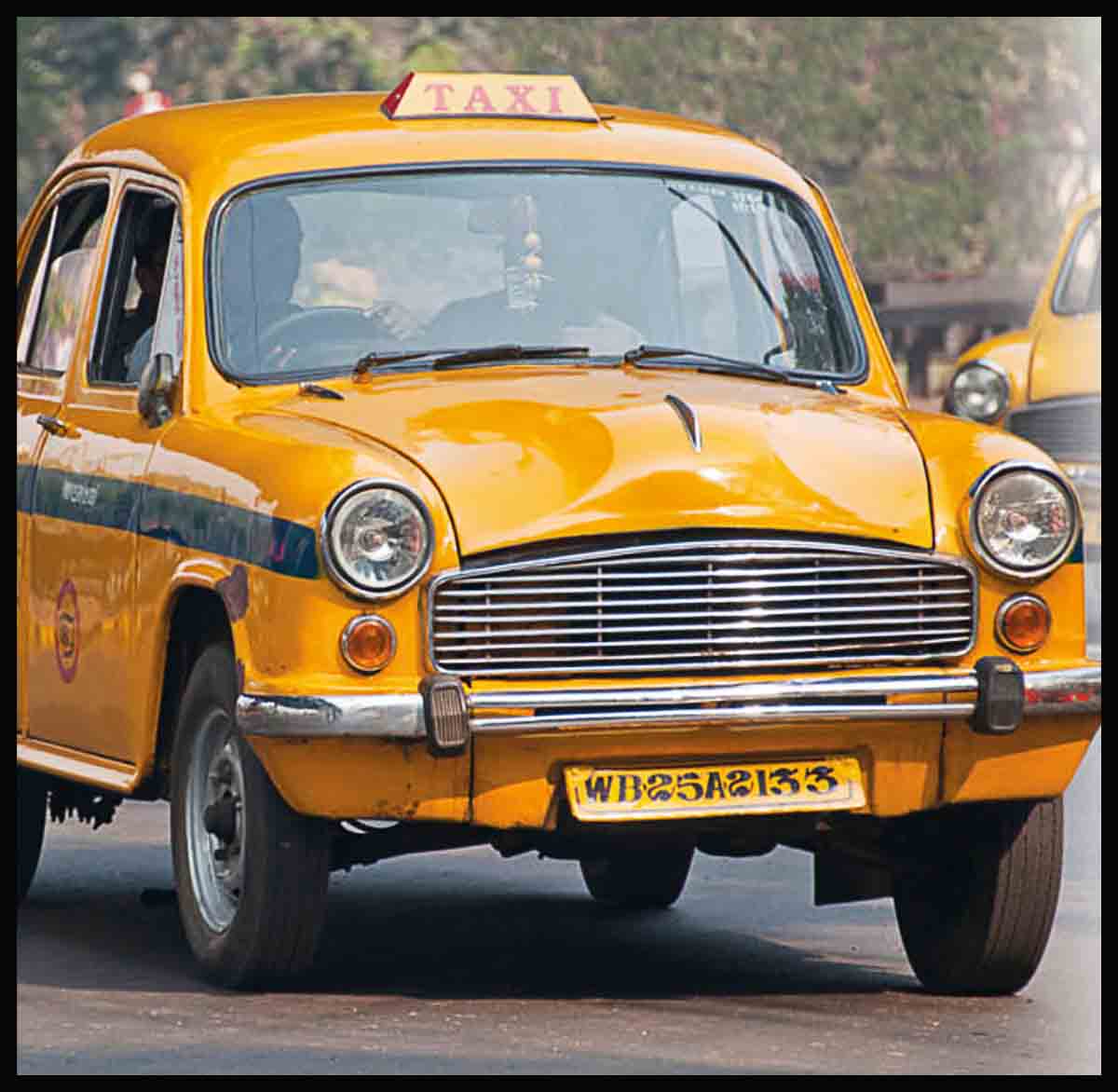
Hindustan Ambassador
With production ceasing in the UK in the late 1950s, the Morris Oxford Series III was reborn almost immediately in India Renamed the Hindustan Ambassador, it was the first car to be built on the subcontinent (rather than merely assembled), and retained its dominant position as the “King of Indian roads” until the 1980s. The “Amby” remained on sale until May 2014.
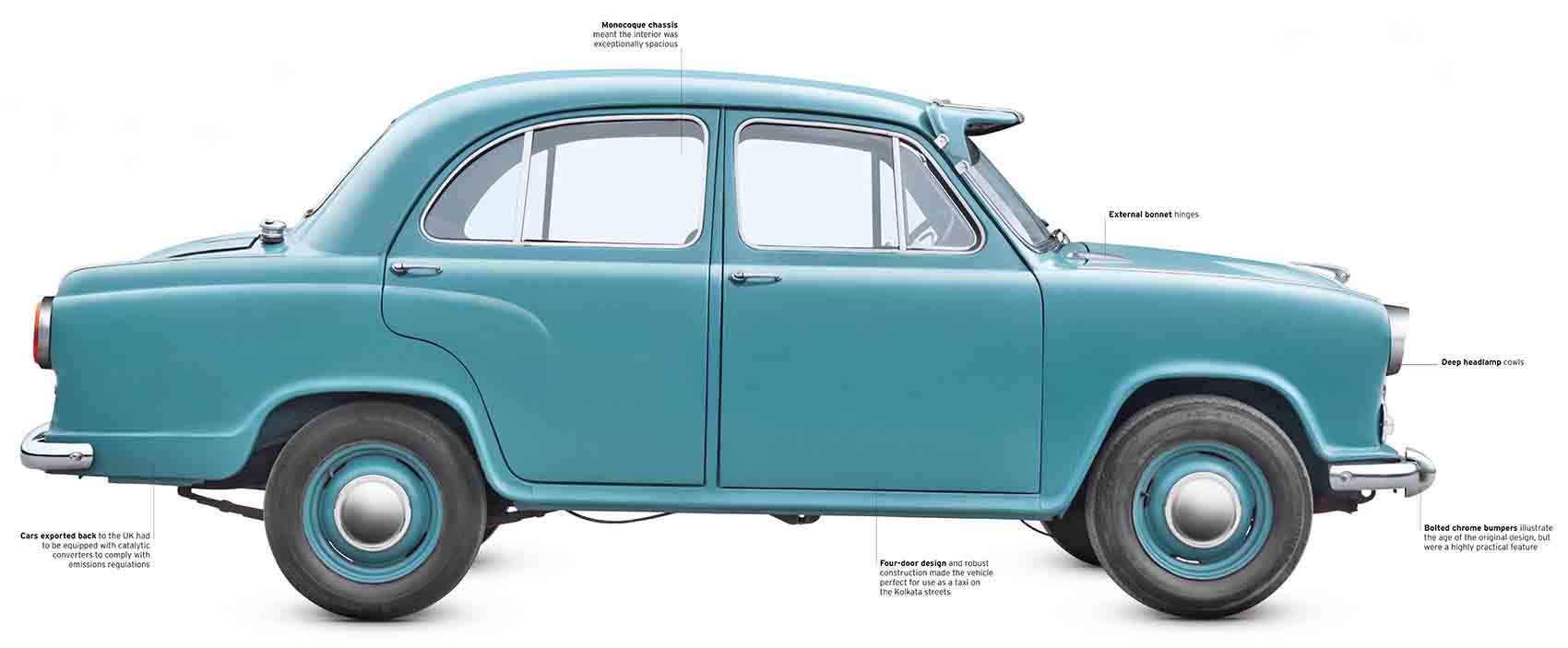
WHEN MORRIS MOTORS in the UK switched to manufacturing its new Farina-styled models, tooling for the outgoing Oxford saloon was transferred to West Bengal, India, enabling a modified version of the old car to remain in production. Although undeniably a car from the 1950s, tweaks to the design included a new dashboard and stylish steering wheel.
In a country lacking its own domestic motor industry, few customers objected to this, and, despite the woeful performance of its 1,476 cc, side-valve petrol engine, sales were good. Subsequent modifications were made, including a new dimpled bonnet and front grille, and in time the “Amby” ’s British origins were forgotten.
SPECIFICATIONS
| Model | Hindustan Ambassador, 1958-2014 |
| Assembly | Uttarpara, India |
| Production | Over 4 million |
| Construction | Steel monocoque |
| Engine | 1,476-1,817cc, straight-four |
| Power output | 40-75 bhp |
| Transmission | 4- or 5-speed manual |
| Suspension | Front torsion bars, rear leaf springs |
| Brakes | All round drums |
| Maximum speed | 69-90 mph (111-145 km/h) |

Ambassador badge
Named after the region where its car plant was based, the Hindustan Ambassador was conceived by six engineers at Hindustan Motors in West Bengal, and soon became the car of choice for well-heeled Indians. With a name that suggested class, it was considered the definitive Indian car.
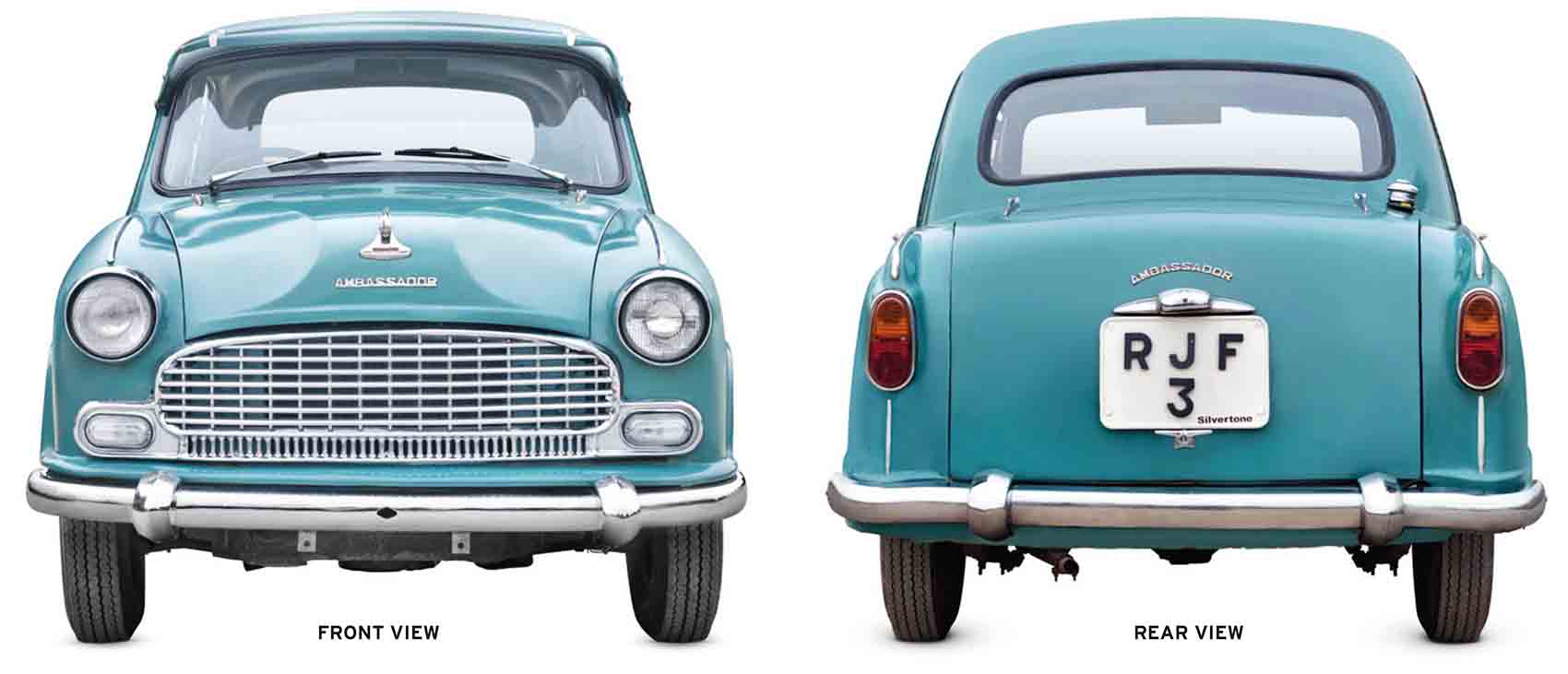
Styling
Despite numerous small, cosmetic changes, the basic shape of the car was largely unchanged. Its simple, traditional looks were characteristic of the 1950s, and its spacious and comfortable interior meant it became one of India’s best-loved cars.
ON THE ROAD
Certainly better loved than the Morris Oxford original ever was, the Ambassador was such a curiosity outside of India that this only enhanced its appeal to would-be buyers. By contemporary standards the car was almost comically old-fashioned, and there was no doubt that in practical terms later models made better cars. But many of the modifications appeared to be no more than cheap compromises, and it was the earlier Ambassadors that looked the most stylish. Owners made allowances for the combination of poor performance and lack of comfort. Perhaps it was enough that this was the first car to be made on the subcontinent, and became a much-revered national icon.
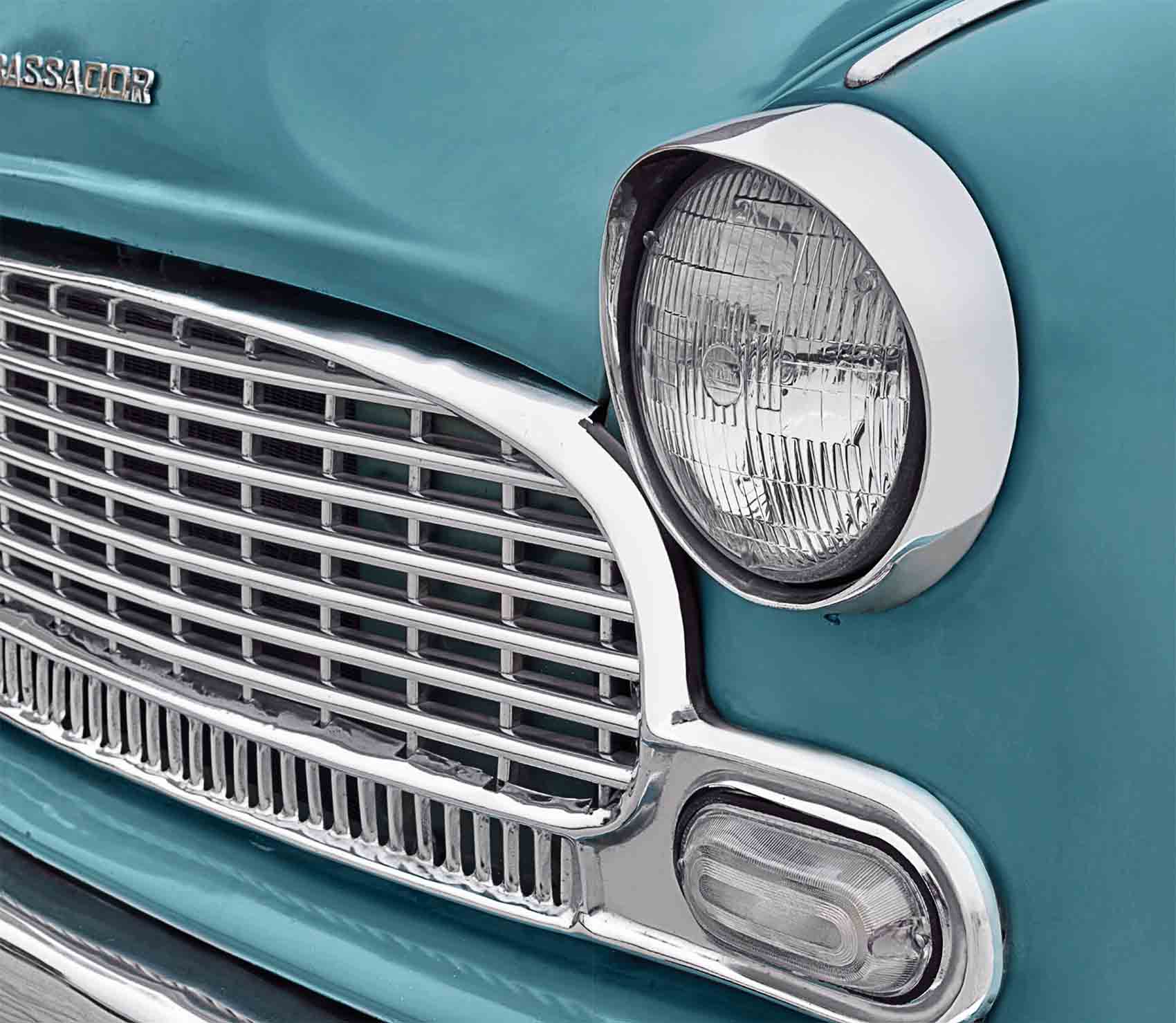
Prominent chrome radiator grille replaced on later models
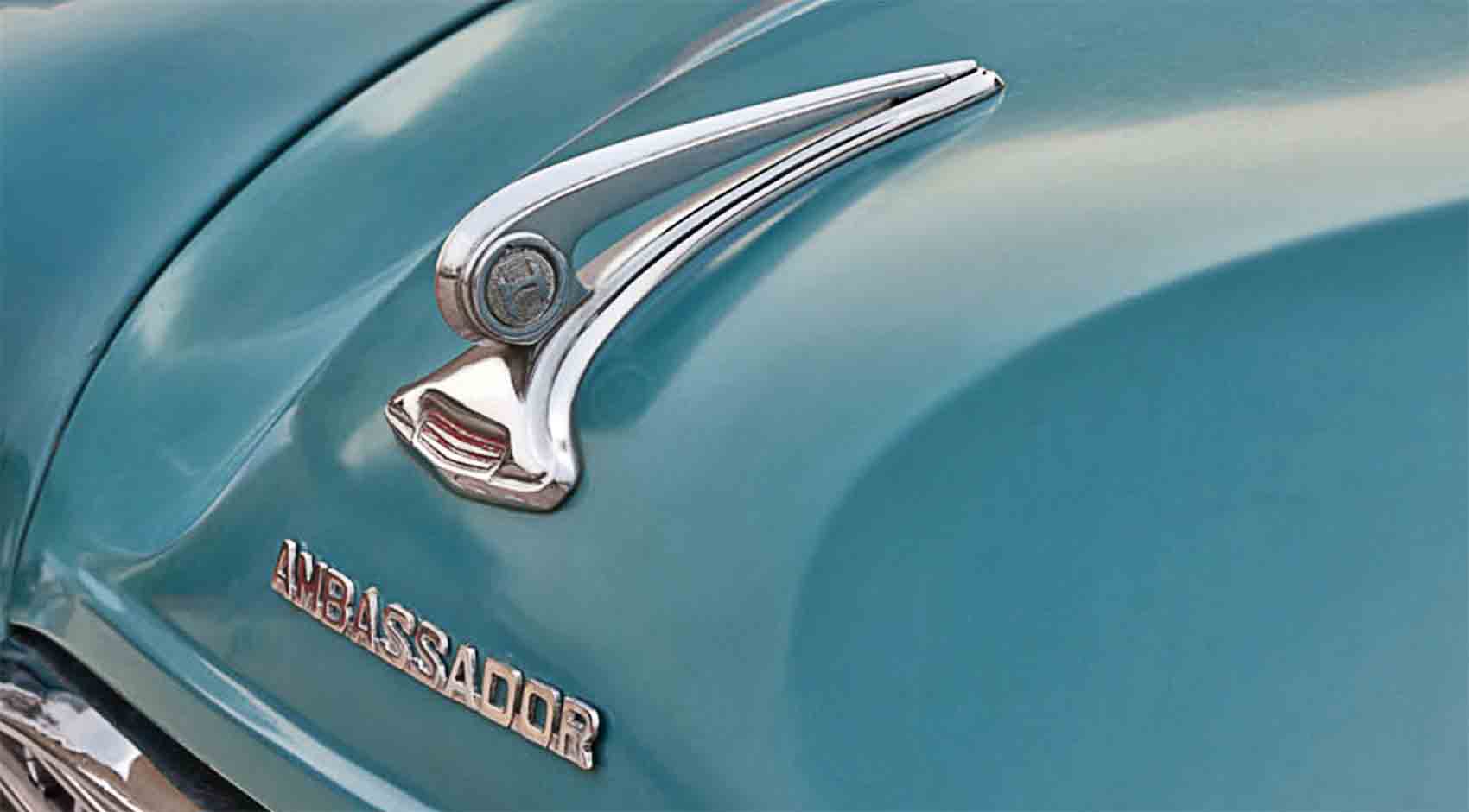
Bonnet mascot—a 1950s Morris touch
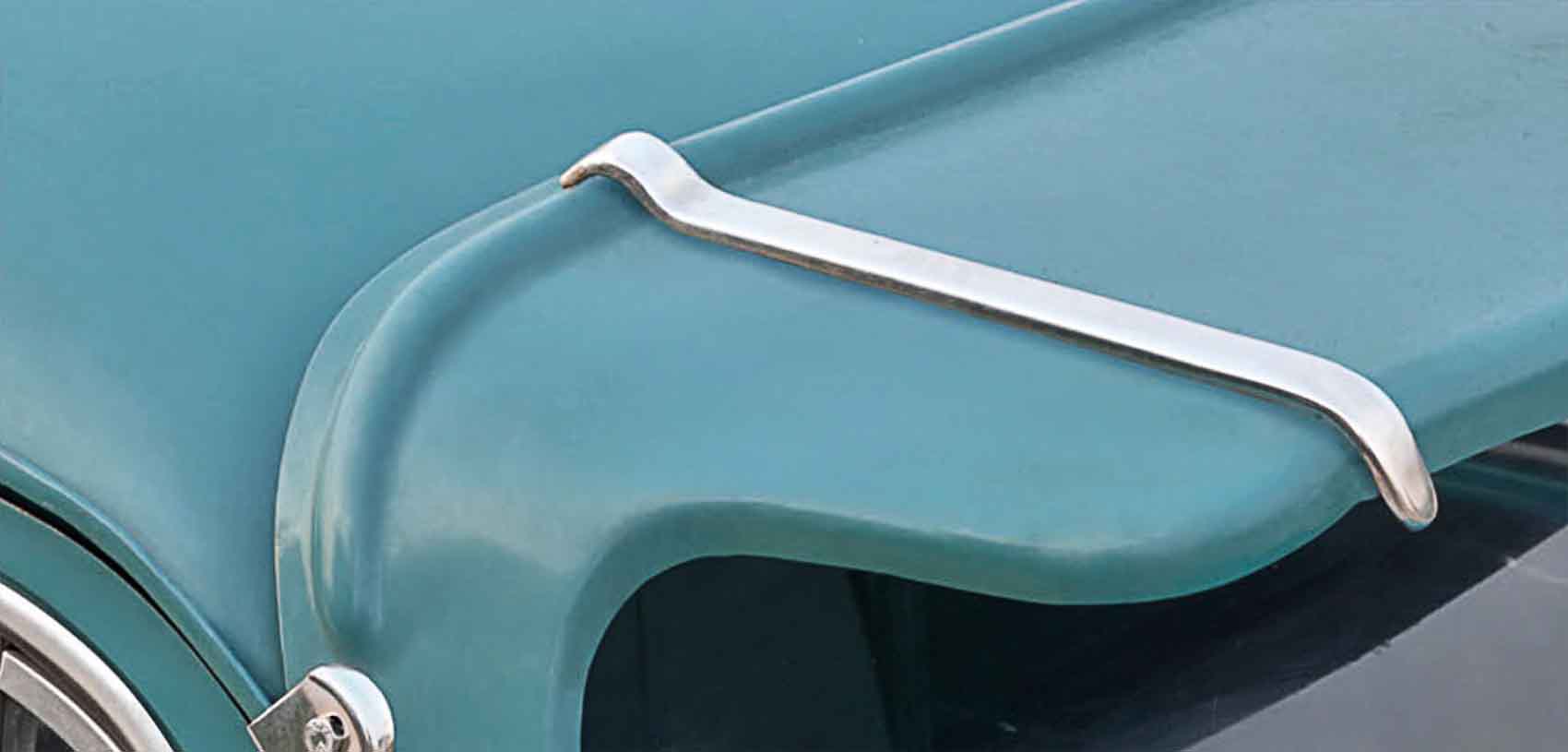
Optional sun-visor—more use in Delhi than the UK
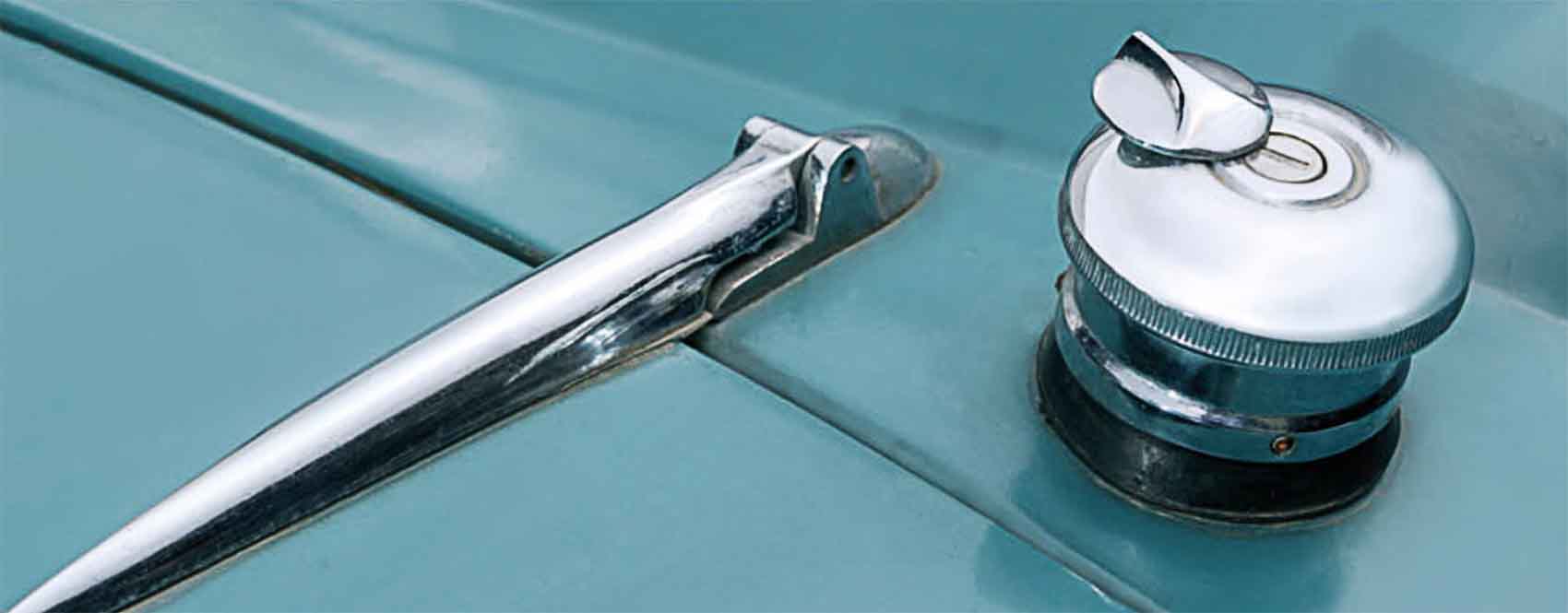
Prominent filler cap
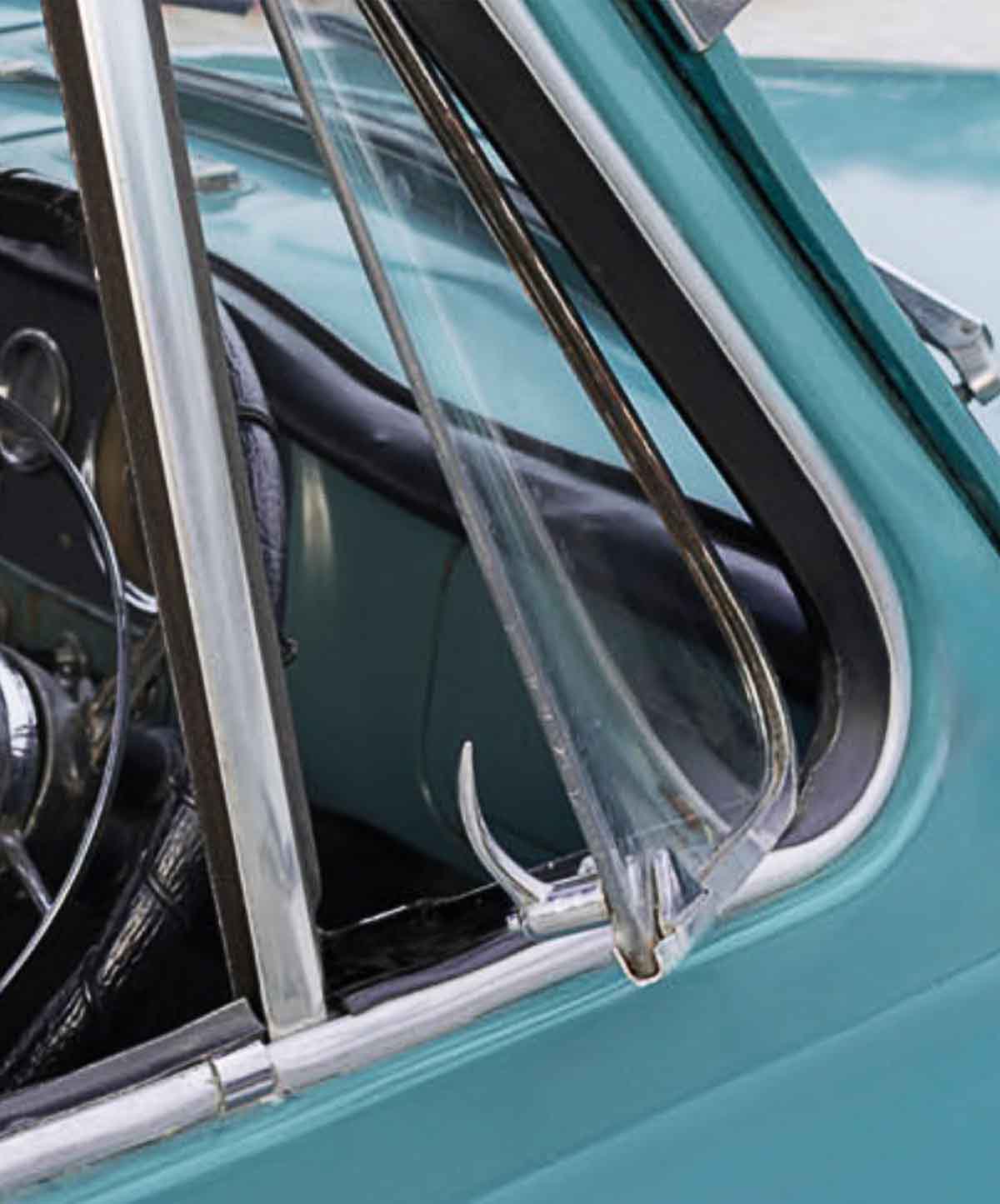
Opening front quanterlights
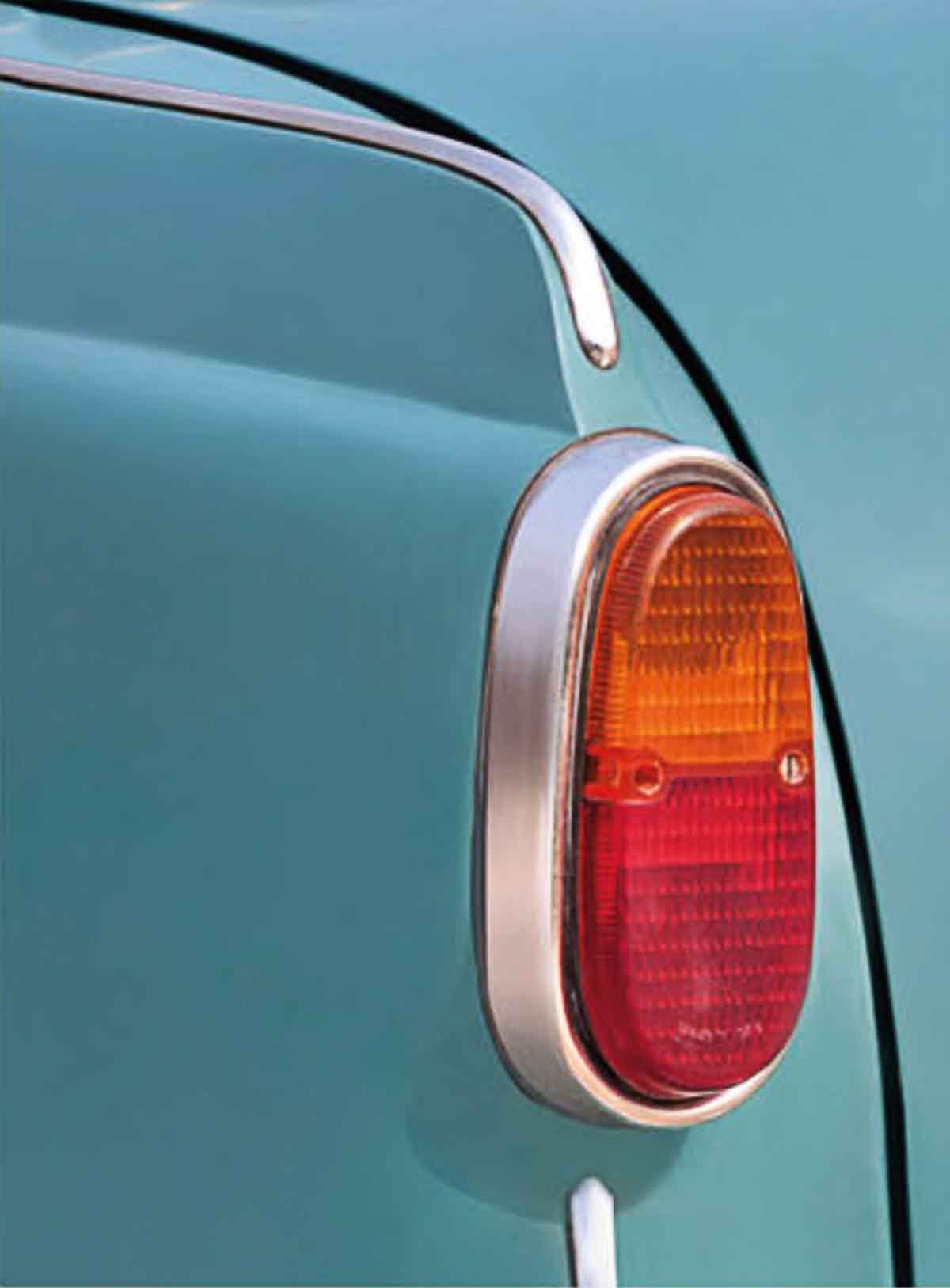
Minimal rear lights
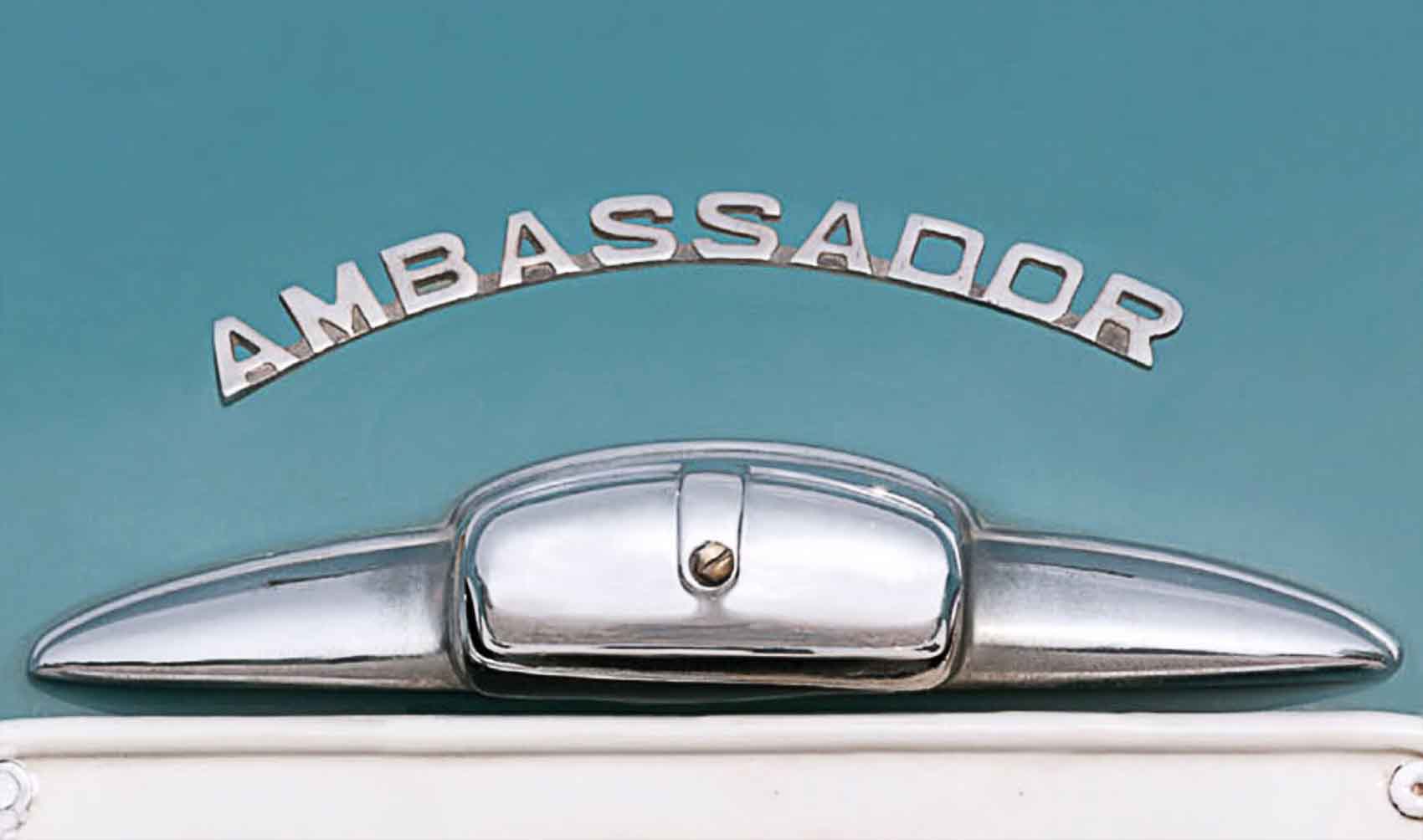
Ambassador name proudly displayed on boot lid
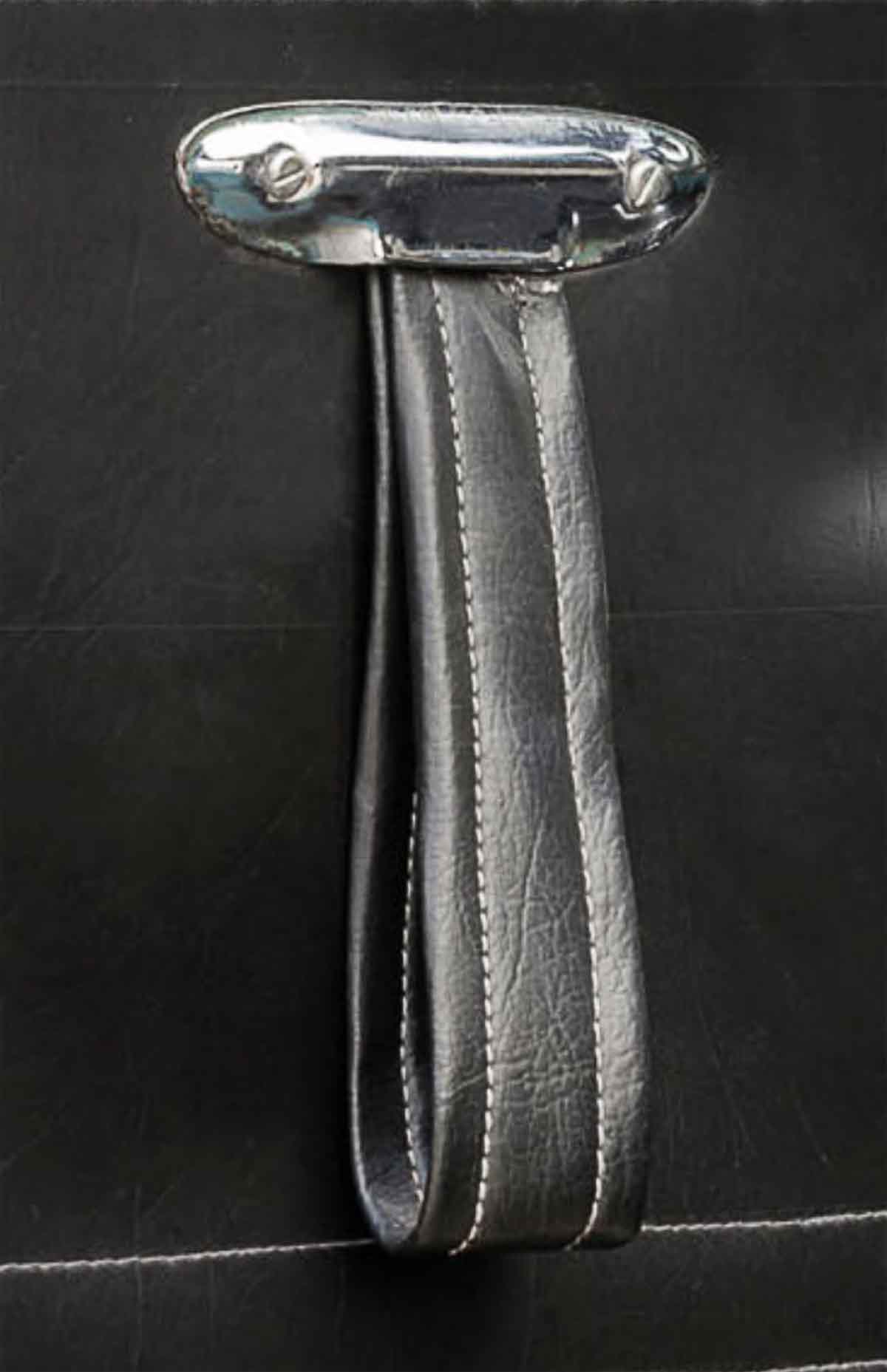
Simple but practical door-pull, typical of the design
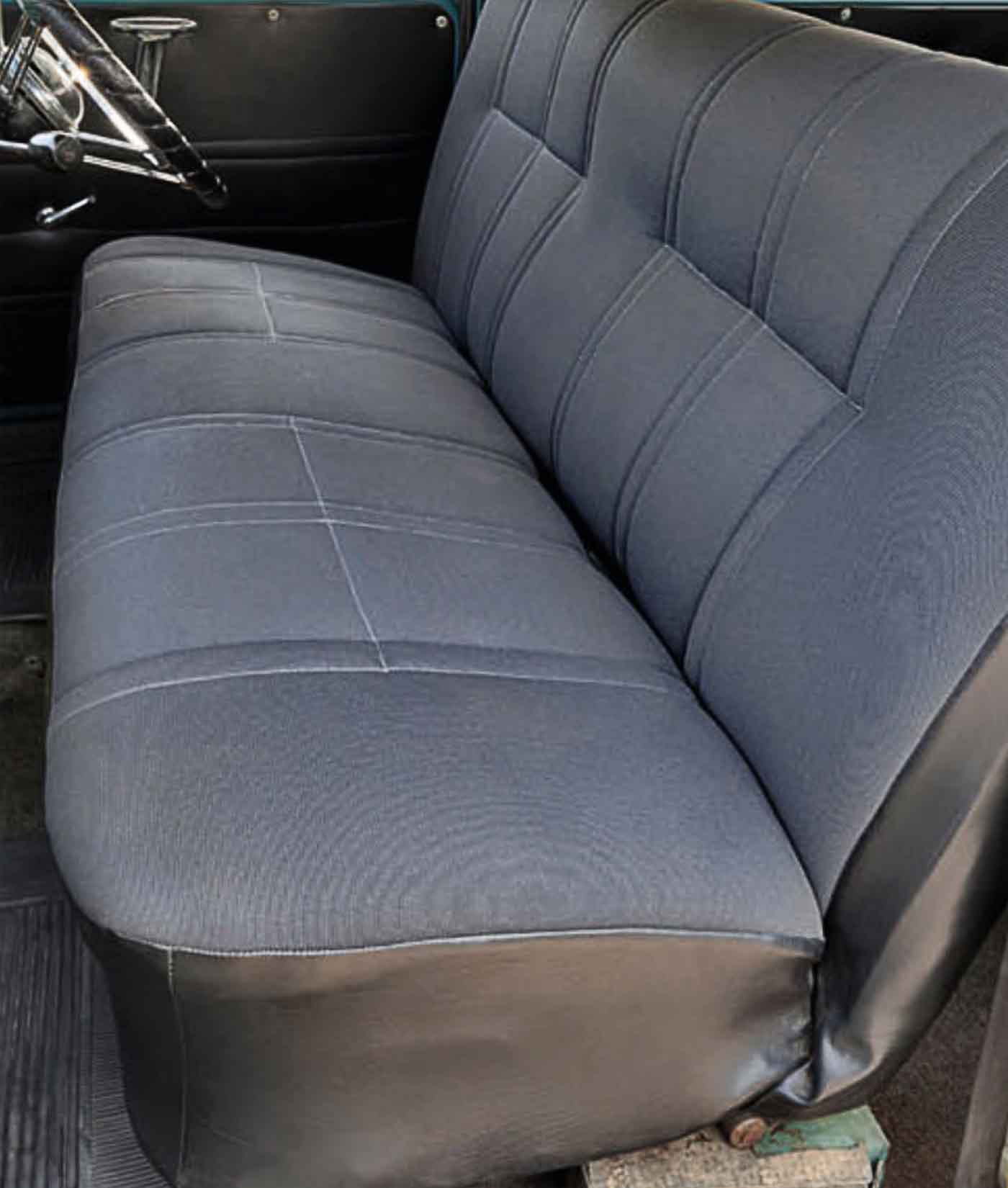
Bench seats front and rear
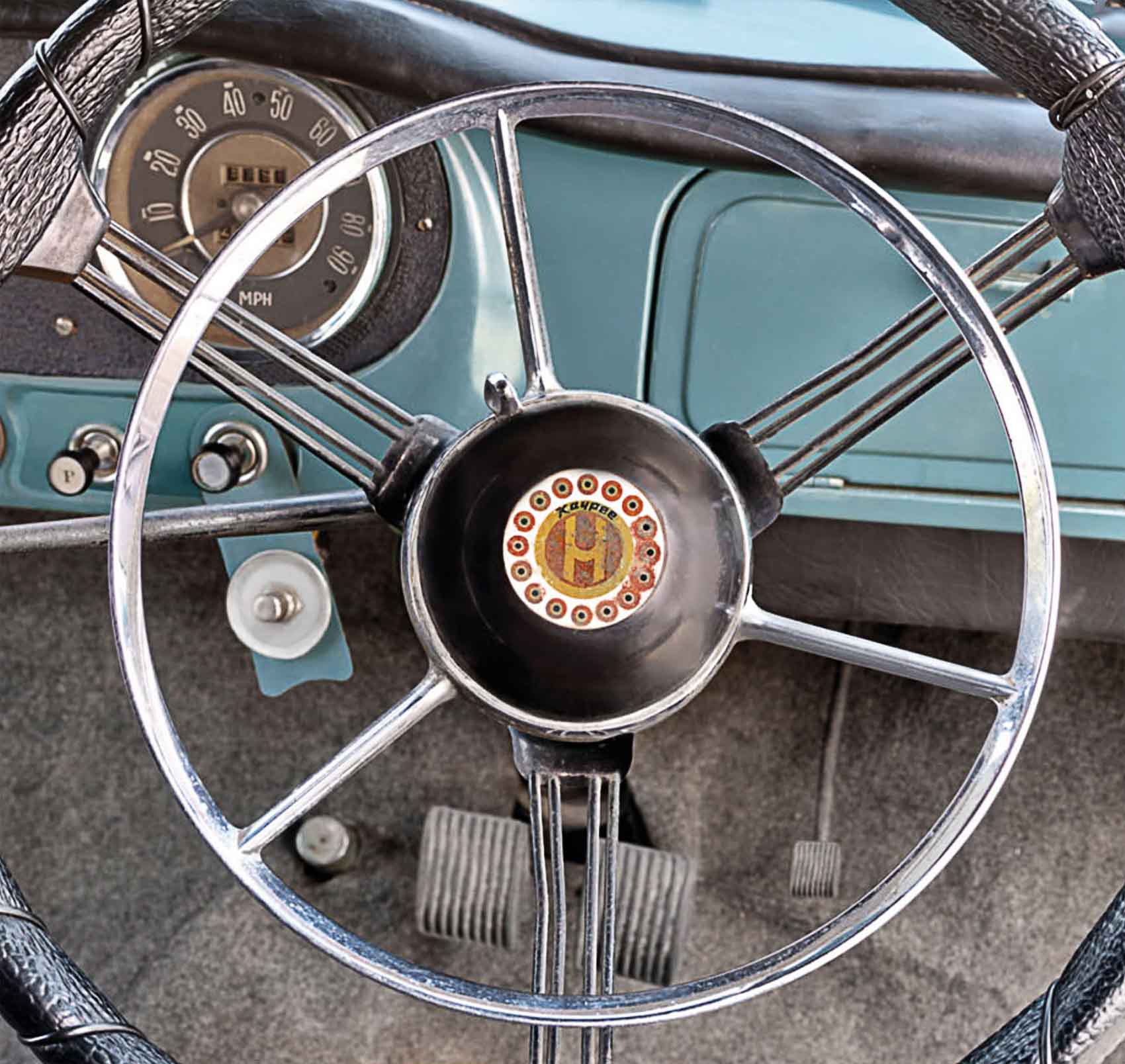
Well-worn steering wheel sporting the Hindustan logo
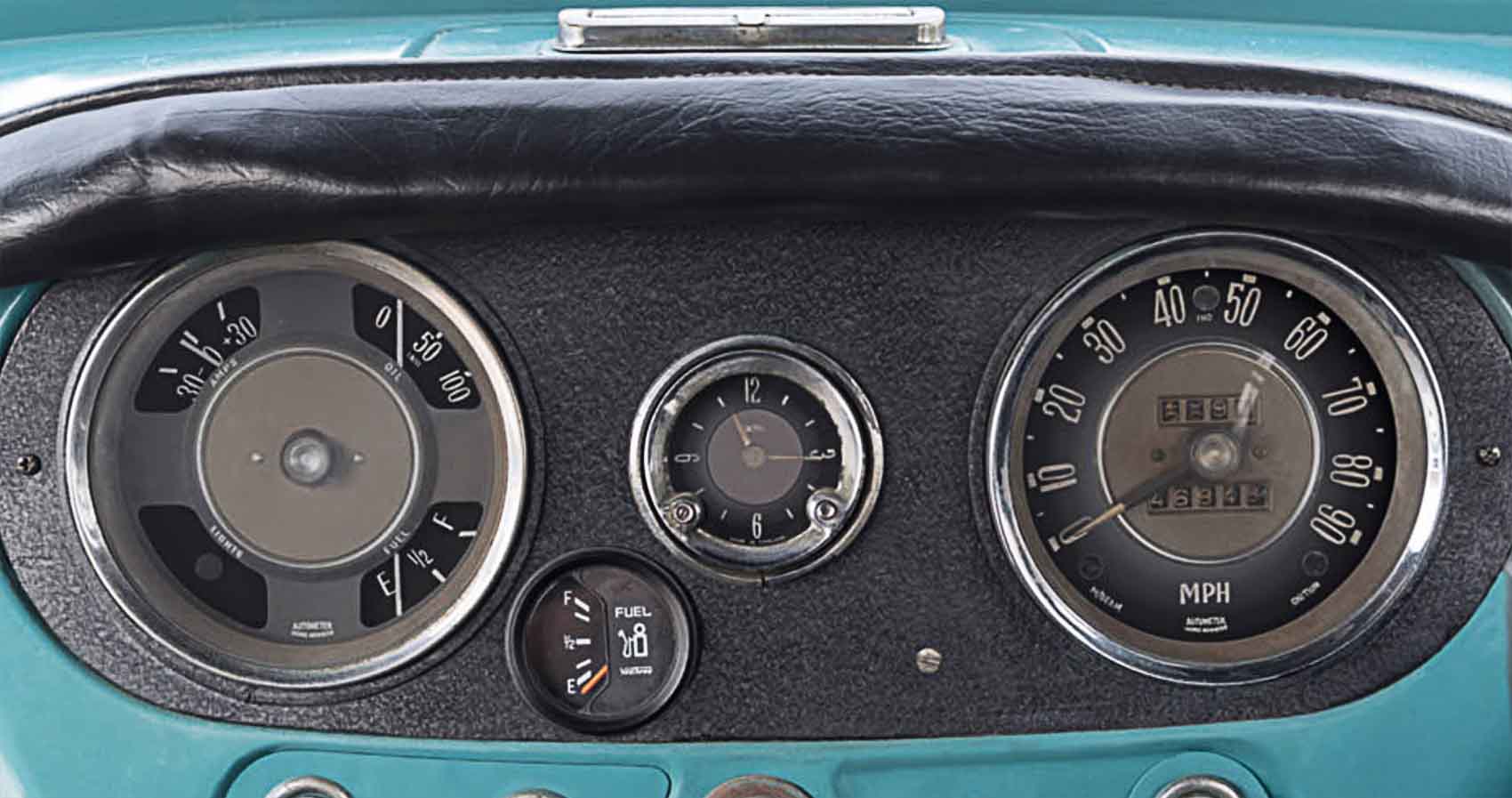
Sparse instrumentation for driver
It is a quote. The Classic Car Book – The Definitive Visual History 2016




